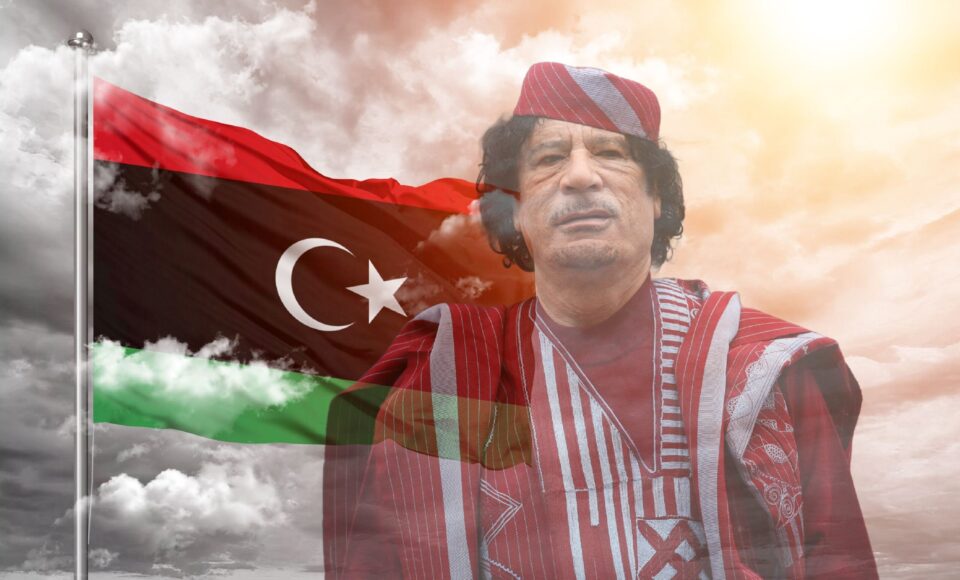Top Story: The Rise and Fall of President Muammar Gaddafi — From Revolutionary Hero to Defiant Dictator
Tripoli — Once celebrated as a revolutionary liberator and pan-African visionary, Muammar Gaddafi ruled Libya for over four decades with a mix of charisma, brutality, and ideological flair. His eventual fall in 2011 marked one of the most dramatic political collapses of the 21st century — and left a nation fractured in its wake.
Gaddafi seized power in 1969 at just 27 years old, overthrowing Libya’s monarchy in a bloodless coup. Presenting himself as a man of the people, he launched sweeping reforms — nationalizing oil, redistributing land, and promoting a brand of “Islamic socialism” laid out in his infamous Green Book. For years, he was admired across Africa and the Arab world as a symbol of anti-imperialism and self-determination.
But as Gaddafi’s rule continued, his governance turned increasingly autocratic. Dissent was crushed, media was muzzled, and power remained tightly in his hands. While Libya’s oil wealth elevated living standards, it also funded a sprawling security apparatus and overseas ambitions — including alleged support for rebel movements and terrorist groups, which isolated him on the world stage.
By the early 2000s, Gaddafi sought international rehabilitation. He renounced weapons of mass destruction, paid compensation for the 1988 Lockerbie bombing, and restored diplomatic ties with the West. For a moment, he was welcomed back into global circles — even addressing the UN General Assembly in 2009 with characteristic theatrics.
But his renewed global image couldn’t erase decades of repression at home.
In 2011, inspired by the Arab Spring, Libyans rose up against Gaddafi’s regime. What began as peaceful protests quickly escalated into a full-blown civil war. Gaddafi responded with deadly force, prompting NATO intervention. As rebel forces closed in, Gaddafi fled his strongholds and went into hiding.
On October 20, 2011, Gaddafi was captured and killed by rebel fighters in his hometown of Sirte — ending 42 years of rule in a gruesome and chaotic finale broadcast around the world.
His death left Libya in turmoil. A once-unified state splintered into rival factions, armed militias, and years of political instability — a legacy that continues to haunt the country.
Today, Gaddafi remains a deeply polarizing figure: remembered by some as a protector of Libya’s sovereignty and pan-Africanism, and condemned by others as a ruthless dictator whose grip on power left the nation broken.
His rise and fall is a stark reminder of how revolutionary ideals can curdle into authoritarian rule — and how the vacuum left by a toppled strongman can be just as perilous as his reign.
